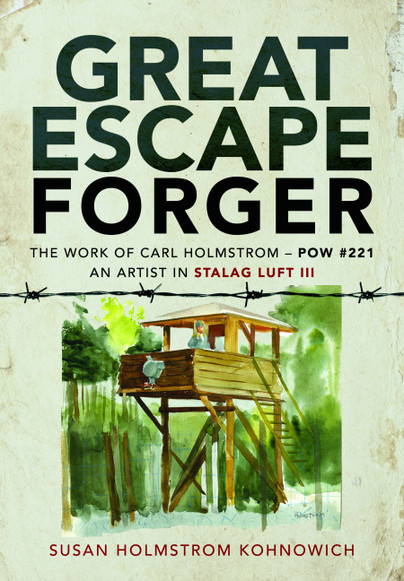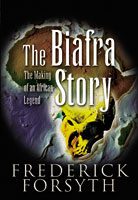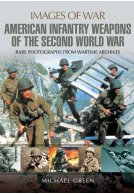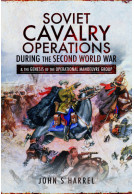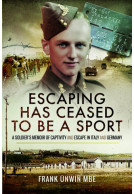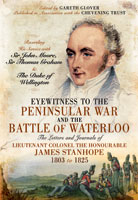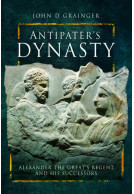Great Escape Forger (Hardback)
The Work of Carl Holmstrom – POW #221. An Artist in Stalag Luft III
Imprint: Pen & Sword Military
Pages: 168
ISBN: 9781526767981
Published: 30th August 2022
(click here for international delivery rates)
Order within the next 3 hours, 51 minutes to get your order processed the next working day!
Need a currency converter? Check XE.com for live rates
| Other formats available - Buy the Hardback and get the eBook for £1.99! | Price |
|---|---|
| Great Escape Forger ePub (39.0 MB) Add to Basket | £6.99 |
As one of many artists confined in Stalag Luft III, Carl Holmstrom’s superb artwork depicts life as a Kriegie created with the perspective only a prisoner of war could draw upon as an eyewitness to history. He spent the majority of his captivity in that camp made famous by The Great Escape, later made into an award-winning film.
While a POW, he sketched his fellow prisoners and encouraged others to take up drawing as hobby, thus breaking the boredom of camp life. But his artistic ability proved to be even more important. Carl forged invaluable official German documents for escape purposes for other prisoners—work that was tedious and painstaking. Remarkably, he saved over 200 examples of his work by carrying them on the appallingly-arduous 1945 winter march through Germany when the camp was evacuated as the Russians closed in from the east
Post war, Carl Holmstrom said, ‘The drawings were made during imprisonment and represent a sincere effort to portray to the American people and especially to the relatives of the prisoners, intimate glimpses of Kriegie life.’ His words proved to be prophetic.
His daughter, Susan Holmstrom Kohnowich, spent five years working on an expansion of Carl’s earlier self-published Kriegie Life book. Extensive research went into the write-ups under the drawings and the biographies of the men in the portraits. This superb book honours Carl’s exceptional artistic gift. Indeed, it has strong claim to contain the finest collection of POW art to emerge from Nazi-occupied Europe.
I feel that the many sketches and portraits presented in here are one of the most eye catching memorials to the men who were forced to live in the camp that was the scene of that most famous film, it also makes a great memorial to the 50 men who were killed after their recapture. The fact that Carl was able to keep them all safe amidst the chaos of the end of the war and how his daughter has done the work to make them available to us all is to be applauded.
Military Model Scene
Read the full review here
A fantastic record of not only one mans war but those he drew too.
Army Rumour Service (ARRSE)
Read the Full Review Here
As a lover of reading POW escape stories this a very different book to those, but it is still a great addition to my collection.
Books 2 Cover
Susan has spent many years researching, and it has clearly been a labour of love.
Read the full review here
The Great Escape is one of the most enthralling episodes of the second world war, with the men who organised and made it possible brought to life for millions of us in the film of the same name. Susan's book looks at the real life forger who created all those papers, documents and passports. Absolutely fascinating!
Books Monthly
I found this book the Great Escape Forger, to be stunning both in history and the huge amount of information to learn and the fantastic artwork throughout the book... I would highly recommend this book for sure as POW camps are an interest of mine.
The History Fella
Read the Full Review Here
As featured in
Stalag Luft 3 Newsletter.
About Carl Holmstrom
Born in Branford, Connecticut, CARL HOLMSTROM received a full scholarship to Pratt Institute in New York City where he studied commercial art and majored in calligraphy. After graduation, he joined the USAAF as a B-17 bombardier but was captured when his plane crashed in Tunisia on his first mission in 1943.
After treatment for his injuries, he was imprisoned at Oflag 21B in Schubin, Poland, before being transferred to Stalag Luft III in Sagan, Germany, where he spent the next two and a half years. In January 1945, during the coldest winter in Germany in fifty years, he was marched fifty-two miles to Spremberg, Germany, to ride in a filthy, overcrowded box car to Stalag VIIA in Moosburg, Germany. His artwork made the entire arduous journey. He was liberated by American General George Patton’s Third Army.
Post-war, Carl became a free-lance commercial artist. He married and had four children. Carl died on 3 August 1979. Through his creations, so carefully safeguarded, the history of the lives of his fellow prisoners is preserved for posterity.







